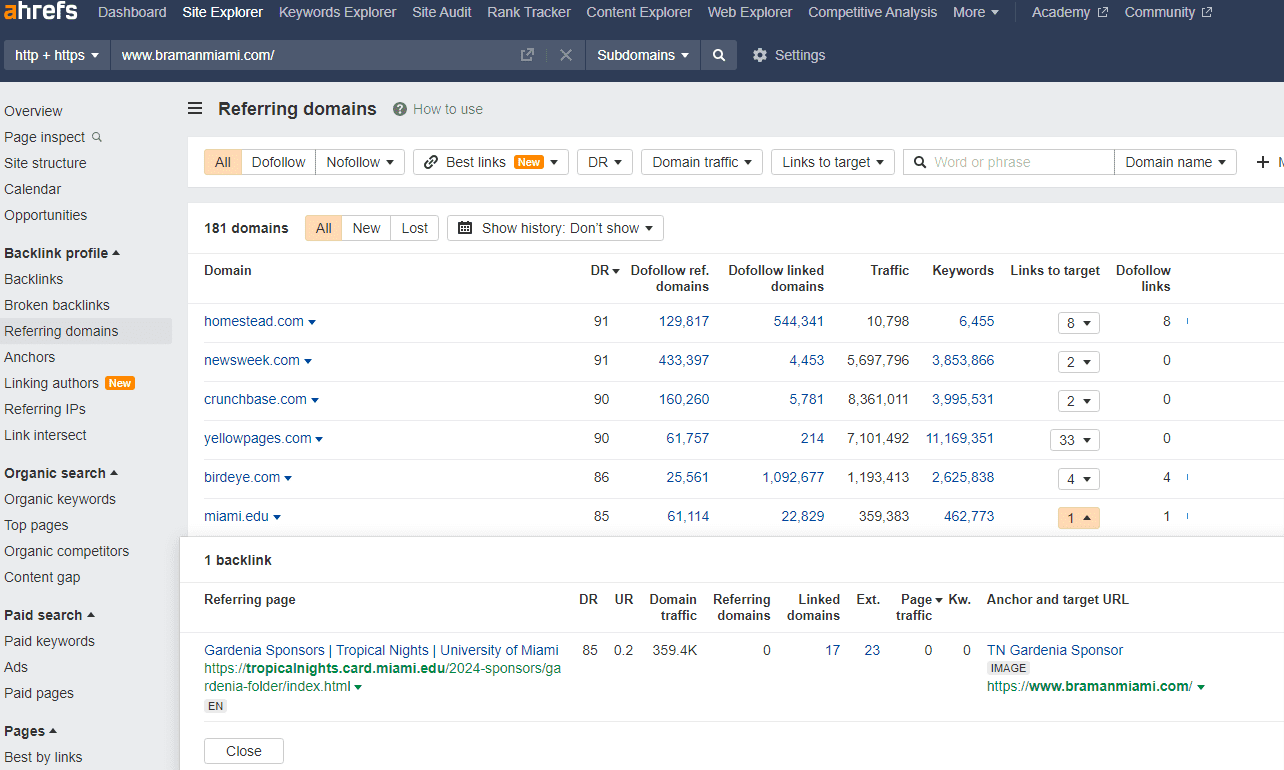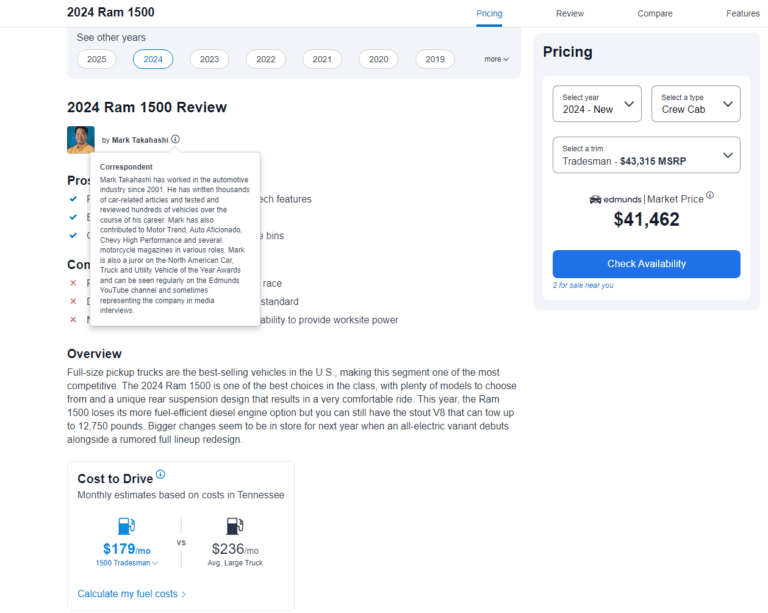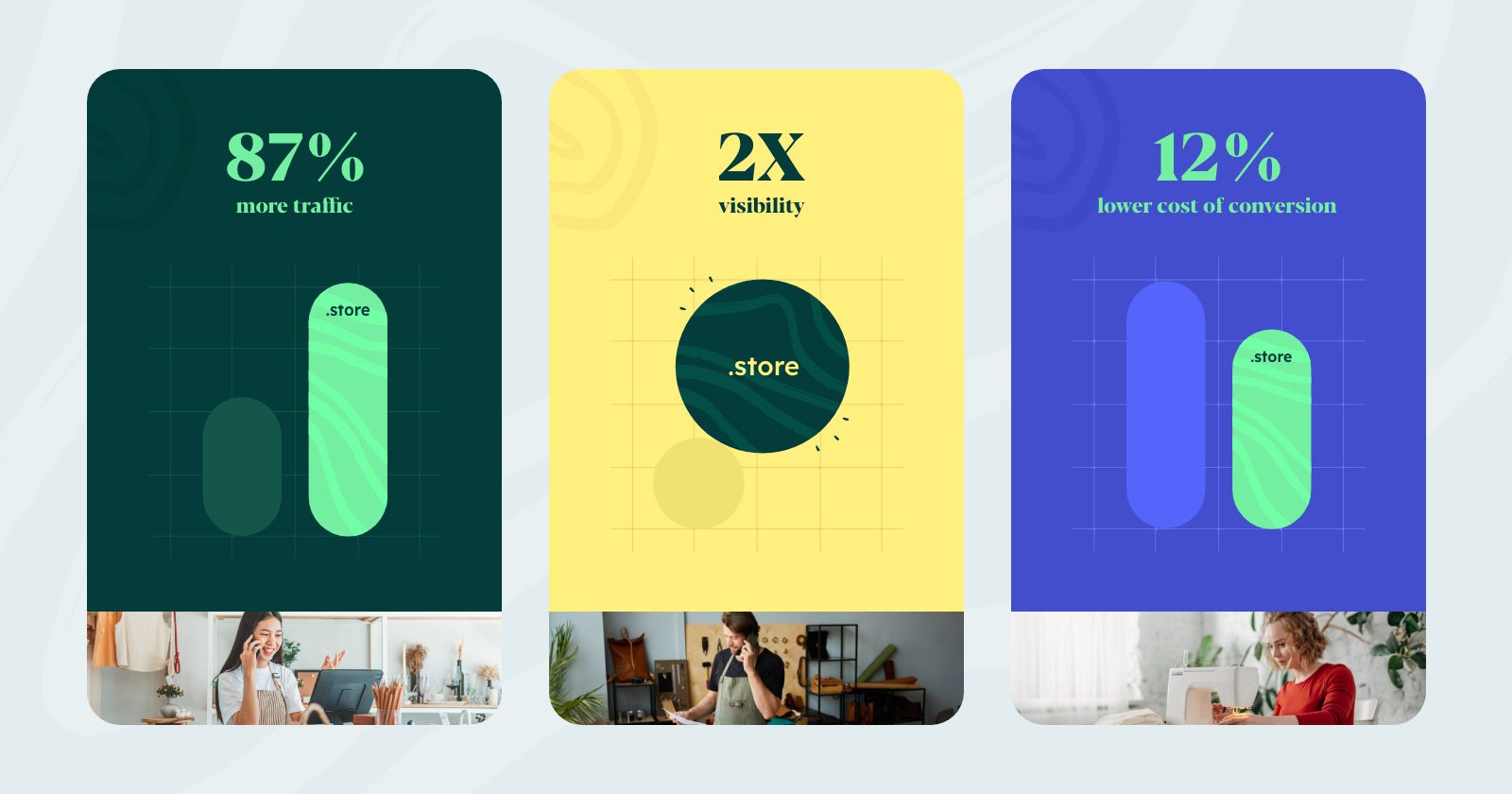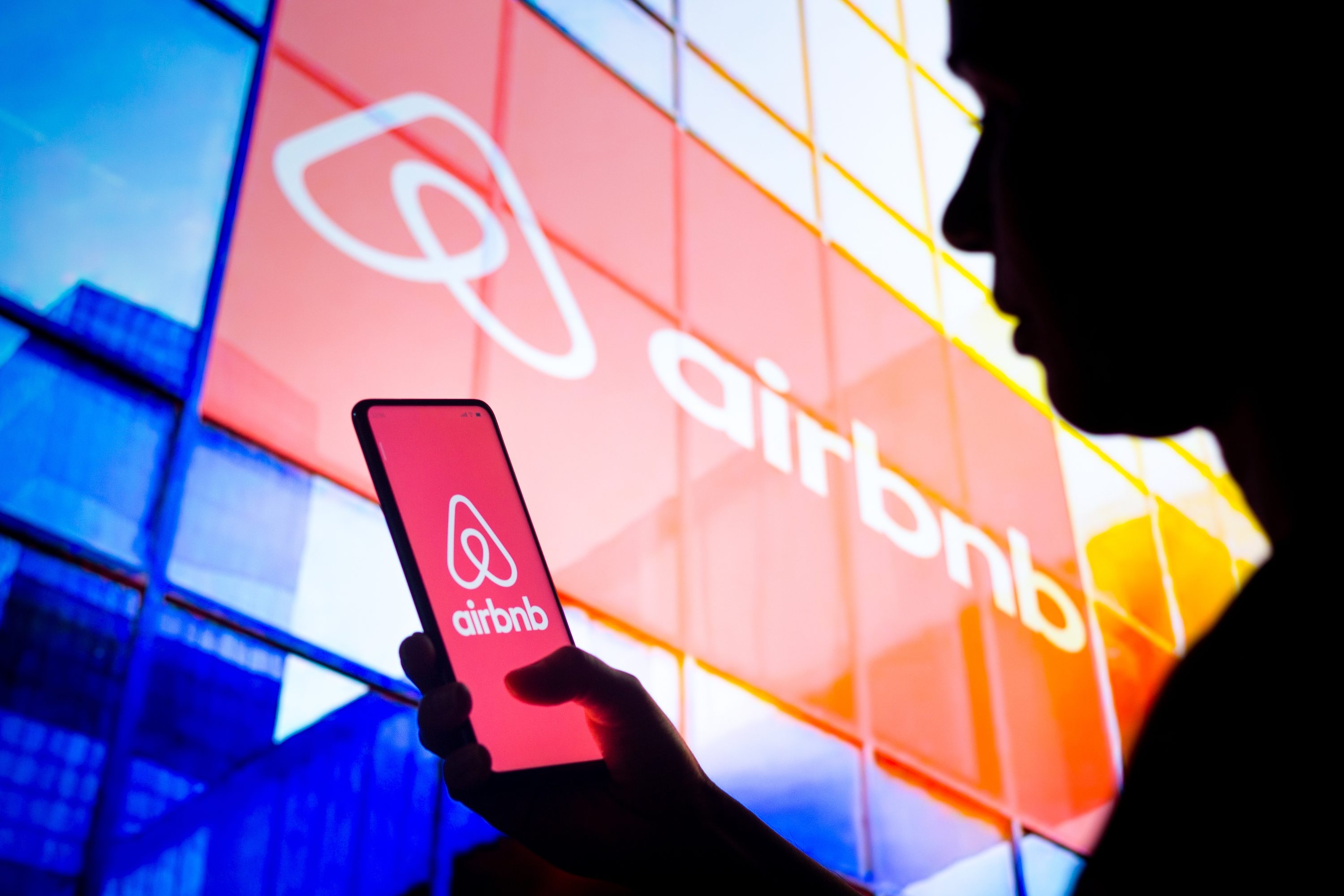Boost Your Vacation Rental Bookings with SEO via @sejournal, @JRiddall
Travelers today can effortlessly browse through countless vacation rental options with only a few clicks. With so much competition, a strong online presence is critical to success in the vacation rental space.
With competition from large players like VRBO, Airbnb, and Booking.com, small local vendors can not solely rely on word-of-mouth or local listings. You need a robust SEO strategy to capture the attention of potential guests and drive direct bookings.
We’re going to dive into local and travel SEO for vacation rentals, to apply advanced techniques to improve online authority and visibility in order to drive more valuable traffic and bookings.
We’ll explore how to optimize a vacation rental business’ web presence, leverage the powerful Google Travel platform, and implement proven strategies to stand out in a crowded online travel market.
Keyword Research
Before you embark on any optimization efforts, you need to understand what the target audience is searching for and what authority may already exist on these topics.
Start by simply conducting searches on the keywords prospective renters would use to find your targeted vacation rentals.
Then, conduct more robust research via common SEO platforms to include competitor analysis and rank tracking to understand what, if any, visibility already exists.
Rather than broadly targeting keywords like “vacation rentals in California,” narrow your focus to your specific location (“oceanfront rentals in San Diego”), property type (“luxury villas in St Barts”), or amenities (“pet-friendly cabins with hot tubs in Big Bear”).
Be sure to pay attention to long-tail keywords. Longer, more specific phrases may have lower individual search volume, but they often indicate higher intent and can drive highly qualified traffic to a website.
On-Page Optimization
Look to fine-tune the vacation rental website’s content and structure to make it easily understandable and accessible to search engines.
This includes optimizing various elements to improve the website’s visibility and ranking for relevant keywords.
Title Tags
Adding the business/brand name to the end of a page title can help with brand recognition online, but is not mandatory.
Example: For a mountain cabin in Telluride, your title tag could be “Cozy Mountain Cabin in Telluride, CO | BusinessName.”
Meta Descriptions
Well-written meta descriptions are your opportunity to “promote” the vacation rental and should highlight key features.
Example: “Escape to this charming cabin with stunning mountain views, a private hot tub, and direct access to the slopes. Perfect for families and couples seeking a relaxing getaway.”
Heading Tags (H1, H2, Etc.)
Structure your content with clear, structured, hierarchical headings and subheadings incorporating relevant keywords.
This not only improves readability for users, but also helps search engines understand the hierarchy and context of the content.
A well-optimized vacation rental category page will include sections addressing any and all questions renters may have prior to renting. Section headings may include:
- H1 – Vacation Rentals in [Location]
- H2 – Types of Vacation Rentals Available
- H3 – Pet-Friendly Rentals
- H3 – Family Rentals
- H3 – Large Group Rentals
- H2 – Why Book A Vacation Rental with Us
- H2 – Best Time to Visit [Location]
- H2 – How To Book a Vacation Rental
- H2 – Vacation Rental Amenities
- H3 – Indoor Features
- H3 – Outdoor Amenities
- H2 – Top Things to Do Near the Vacation Rental
- H2 – FAQs
- H3 – Question and Answer 1
- H3 – Question and Answer 2
Image Optimization
Property images are a key component of any successful vacation rental listing as they enable visitors to get a feel for the property and entice them to book.
Images used in online property listings must find a balance between quality and size in order to appeal to prospective renters, while also loading quickly on mobile devices.
Where possible, the WebP image file format can be used to maximize this balance.
Content Optimization
Focus on providing valuable information, answering all of the questions customers may have about vacation rentals.
Consider all of the things a user would want to know when booking a weekend or family getaway. Keyword research will be critical to helping identify the questions people are actually asking online.
Structured Data/Schema
Structured data is a means to appear in Google Vacation Rentals, which will be touched upon further below.
For vacation rentals, structured data can be used to tag your Local Business as a Lodging Business and each of your Vacation Rentals as such.
Optimized Google Business Profile
All vacation rental businesses are local in nature, and, as such, there may be an opportunity to create and optimize a Google Business Profile (GBP) for each location. This free profile is as, if not more, important than the website, though your website is, of course, where final booking typically happens.
A GBP can and should contain all primary contact information, business details, rental property information, photos, videos, and content relevant to prospective guests.
Most importantly, the GBP is the primary place where guests can leave reviews, which should be monitored and responded to on a regular basis. Read more below.
Don’t forget regular updates should be posted to GBP to demonstrate the business’ level of engagement with its customers.
These updates can be property overviews, feature highlights, useful blog posts on planning or booking a stay, photo tours, special offers, or anything else,which will add value for the renting audience.
 Screenshot of LaCasa Vacations LLC Google Business Profile, January 2025
Screenshot of LaCasa Vacations LLC Google Business Profile, January 2025Online Reviews
All vacation rental guests should be encouraged to leave positive reviews on the Google Business Profile, TripAdvisor, Yelp, and other relevant travel review websites.
Positive reviews not only build trust with new potential guests, but also contribute to your SEO efforts as they signal.
Regardless of the tone, all reviews should be responded to in a timely manner to further demonstrate the level of engagement the business has with its customers.
Negative reviews naturally need a prompt and effective response to both diffuse the situation and show how the business effectively handles customer service issues.
A prompt response to a positive review is an opportunity to further showcase customer communication and to gently ask for referrals.
NAP Consistency In Local And Travel Industry Directories
Research and ensure primary business information (name, address, phone number) is consistent across all accessible online directories and citation sources.
This will help to improve local search visibility and ensure accurate information is displayed to potential guests, wherever they may encounter your business.
There are tools like SOCi or Yext to help centrally manage business information across listings for businesses with multiple locations, or relevant directory listings can be identified via the search results.
Google Vacation Rentals: A Powerful Platform For Visibility
Google Travel has come to dominate the search results over the past couple of years.
More specifically, Google Vacation Rentals is a prominent platform for showcasing properties directly in search results.
By obtaining and optimizing your listings on this platform, vacation rental companies can increase visibility, attract more guests, and drive direct bookings.



While there is no “fee” to appear in Google Vacation Rentals, the listings are dominated by Google integration partners who submit properties via a Hotels API feed and the aforementioned large travel players. Integration partners have at least 5,000 properties and have been approved by Google, so this is not an option for every business.
Here’s how to get started with Google Vacation Rentals:
Google has created a Starter Guide for Vacation Rental property managers, but here are the basic steps required to effectively leverage this platform:
1. Choose a Software Partner: Google Vacation Rentals integrates with various property management systems (PMS) and channel managers. Select a software partner who meets the needs of the rental company and connects with Google Vacation Rentals.
2. Create and maintain Google Business Profile: As noted above, this is a crucial component for managing and optimizing online presence across Google, including Google Maps and Google Search.
3. Connect the PMS/Channel Manager: Once a software partner has been chosen and GBP has been configured, connect the PMS or channel manager to Google Vacation Rentals. This will enable the seamless management of listings and the ability to keep property availability and pricing updated.
4. Optimize Google Vacation Rental Listings: Provide comprehensive and accurate information about each rental, including high-quality photos, detailed descriptions, and competitive pricing. Highlight each property’s unique features and amenities to attract potential guests.
5. Manage Reviews: Respond to guest reviews promptly and professionally, demonstrating a commitment to customer satisfaction. Positive reviews and even negative reviews with quick, effective responses can significantly influence booking decisions, so actively manage the business’s online reputation.
Recommended Strategies For Optimizing Google Vacation Rental Listings:
Professional Photography
Invest in high-quality photos showcasing each property’s best features and create a strong first impression.
- Create unique, engaging photos: Use a wide-angle lens to capture the spaciousness of the living room or highlight unique features like a fireplace, hot tub, or outdoor patio with close-up shots.
- Number of images to use: Aim for at least 20 high-quality photos showcasing all aspects of the property.
- Photo captions, alt text, and image filenames: Be sure to add descriptive captions to all photos to provide context and highlight key features. For example: “Relax on this exquisite private balcony with stunning ocean views.”
For an SEO boost, incorporate relevant keywords into both the alt text and filenames used for each image.
This may seem like a tedious task but it can pay off when it comes to having your images stand out in search results.
Detailed Descriptions
Craft compelling descriptions to entice potential guests and highlight the unique selling points of your property and the vacation destination.
- Incorporate target keywords: Use relevant keywords naturally throughout the property’s description, e.g., If your property has a hot tub, include phrases like “private hot tub,” “relaxing hot tub,” or “hot tub with mountain views.”
- Structure and formatting: Use bullet points, headings, and subheadings to break up text and improve the readability of your descriptions, particularly if they are lengthy.
- Storytelling: Use descriptive language to paint a picture of the guest experience at the property, e.g., “Imagine waking up to the sound of waves crashing on the shore and enjoying your morning coffee on the oceanfront balcony.”
Highlight nearby attractions and provide useful information about the surrounding area to further entice prospective customers to choose your destination for their next travel adventure.
Competitive Pricing
Research competitors and set competitive prices to attract guests, while maximizing revenue.
All consumers, regardless of their income or location, are price-sensitive.
- Pricing strategies: Consider different pricing strategies like dynamic pricing based on vacation rental supply and demand, seasonal pricing during peak and off-peak seasons, and discounts for longer stays or last-minute bookings.
- Clearly state your value proposition: Be sure to highlight the unique value proposition of each rental, even if yours is not the cheapest option. For example, you may state, “While our rates may be slightly higher than some competitors, we offer prime locations, luxurious amenities, and exceptional guest service.”
Guest Communication
Respond to inquiries promptly and provide excellent customer service to encourage positive reviews. Be proactive in communicating with guests, answer their questions thoroughly, and address any concerns they may have.
- Response times: Set realistic expectations for response times (which you can comfortably adhere to) in your listing, e.g., “We respond to all inquiries within 24 hours.”
- Personalized communication: Tailor your communication, wherever possible, to each guest’s needs and preferences.
- Pre-stay information: Consider sending guests a welcome email with helpful information about the property, its amenities, services available, and the surrounding area.
SEO Is A Marathon, Not A Sprint
You’ve likely heard this before, and please remember SEO is an ongoing process requiring focus, dedication, consistency, and adaptation, as the recent introduction of AI search clearly demonstrates.
To summarize, the key components to having vacation rentals consistently appear at the top of organic search engine results are:
- A clear understanding of audience needs/desires informing in-depth keyword research.
- An optimized website.
- An optimized Google Business Profile.
- Optimized Google Travel Vacation Rental listings.
- Consistent, prompt client communications and customer service.
By implementing the strategies outlined in this guide, a strong online presence, the attraction of qualified guests, and maximized booking revenues can be achieved.
SEO is not a magic bullet, but a long-term investment, which can yield sustainable results.
Embrace the journey, stay informed about the latest SEO trends, put the needs of the vacation rental audience at the front of all efforts, and continuously refine the approach to optimization backed by data to achieve lasting success.
More Resources:
Featured Image: BRO.vector/Shutterstock

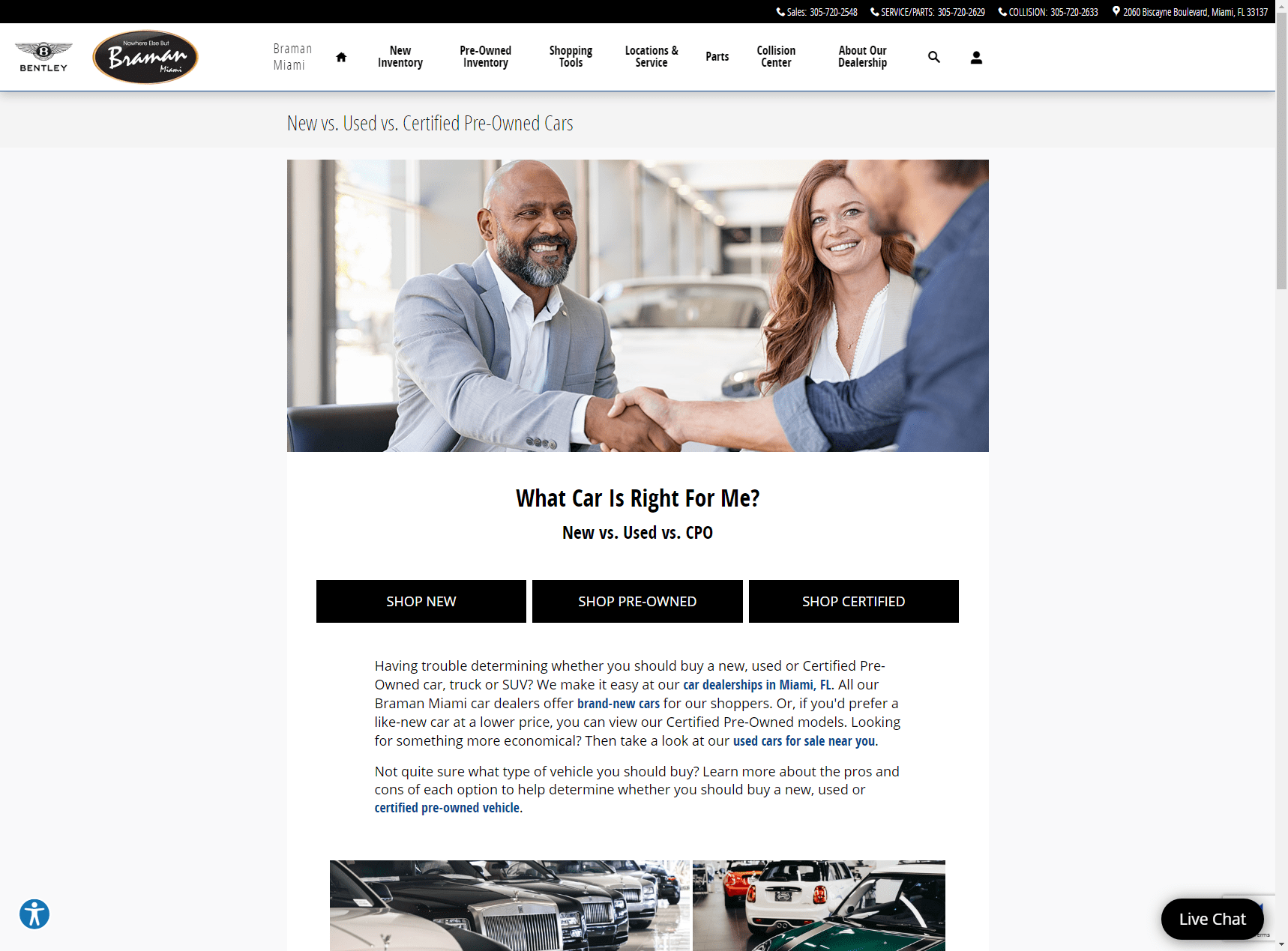
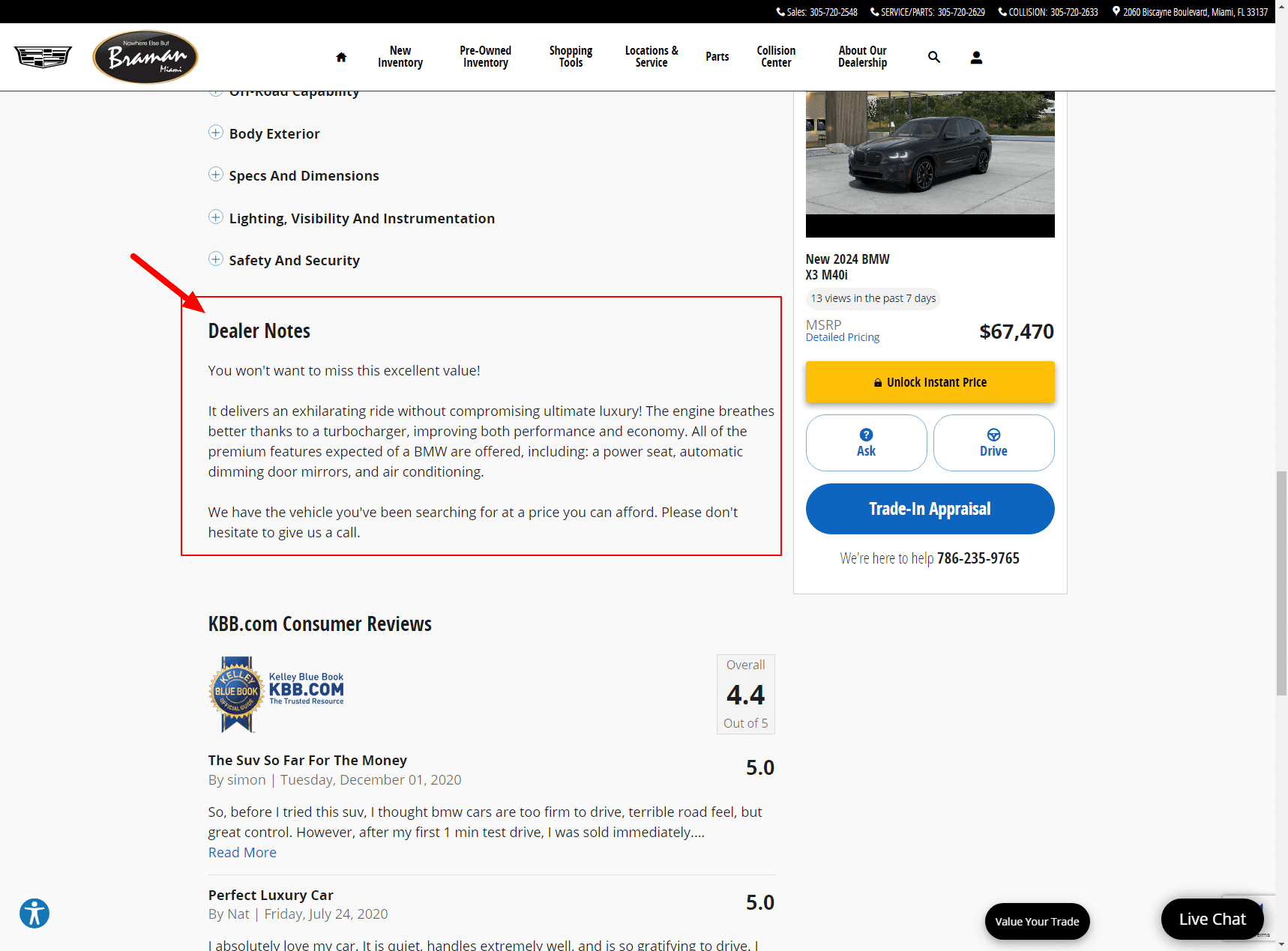
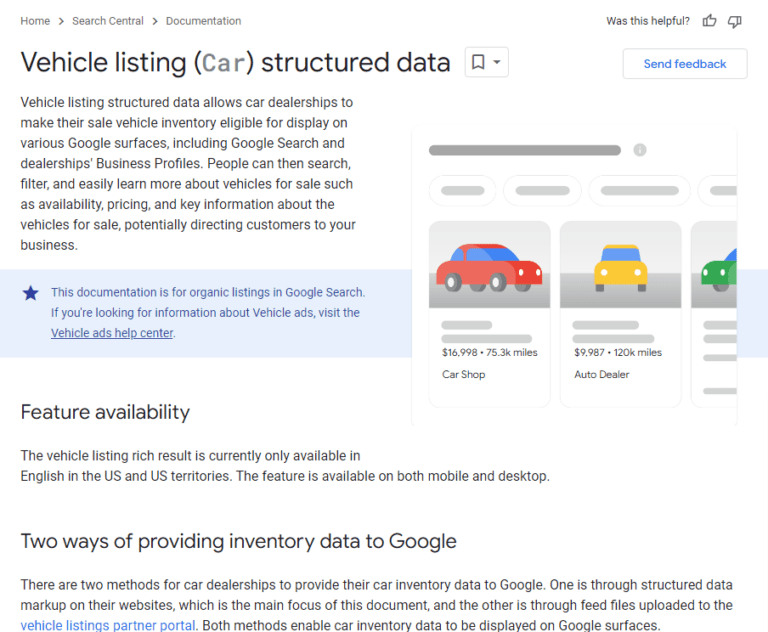
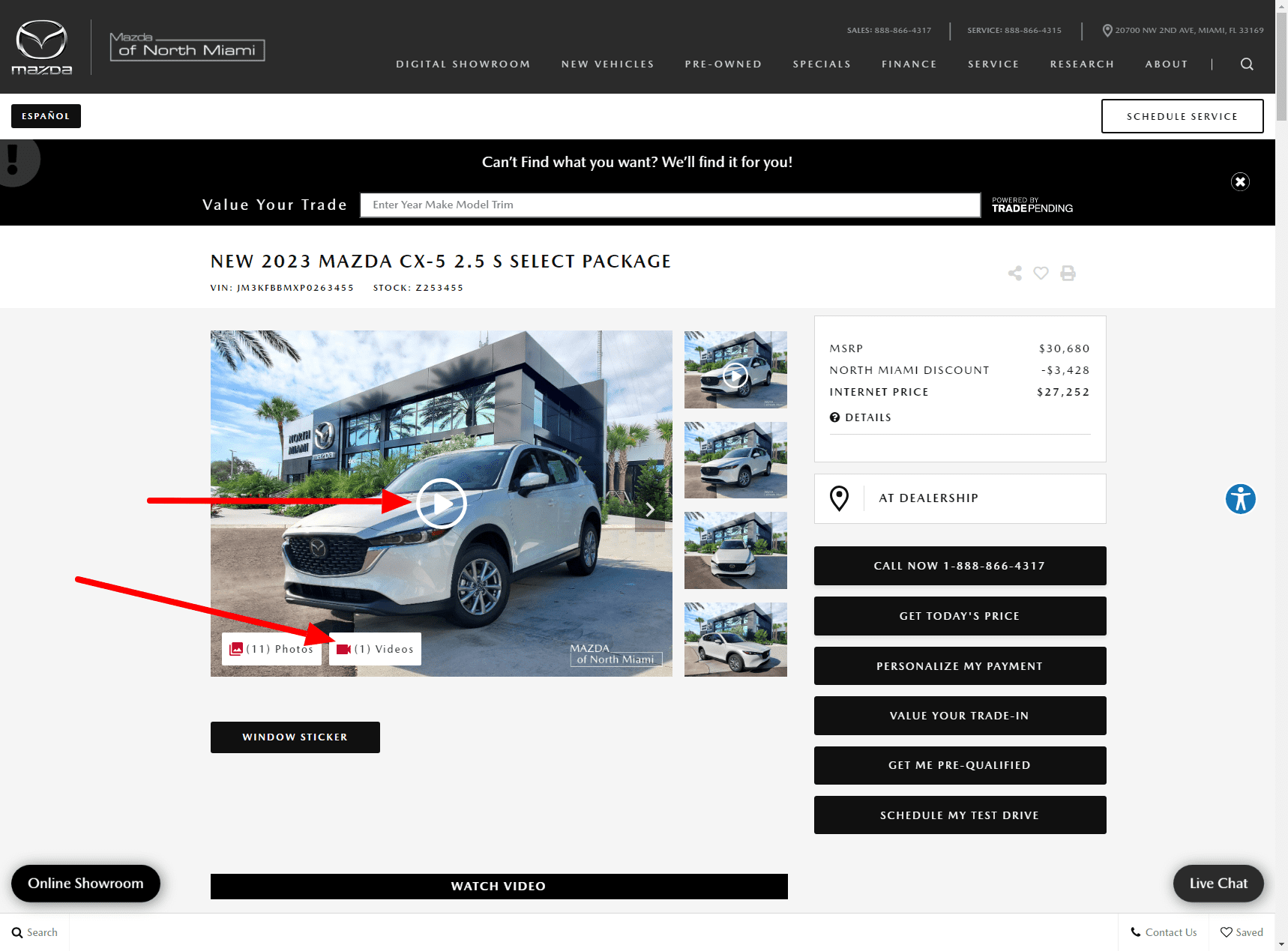
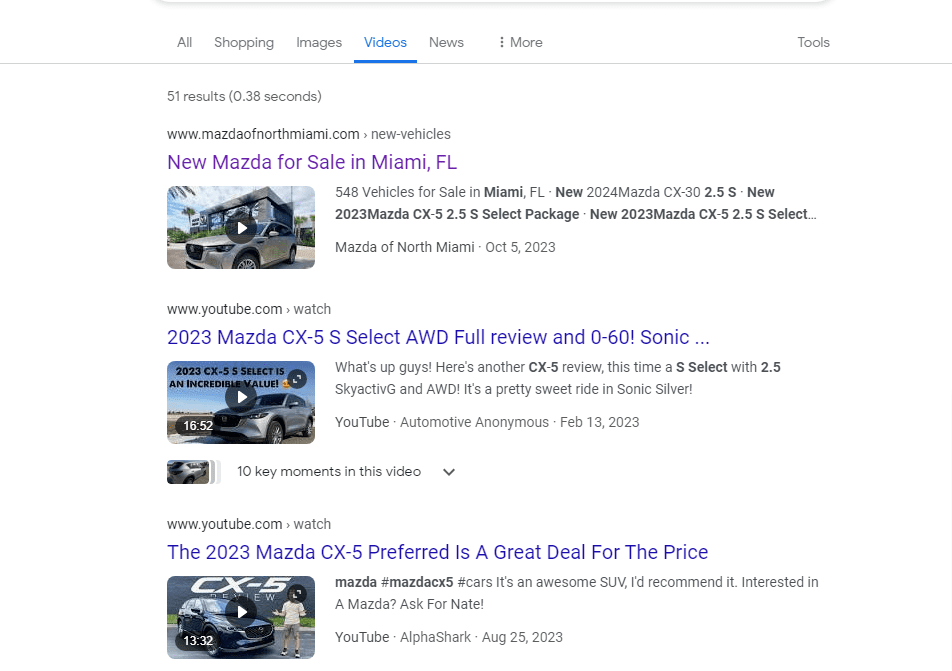
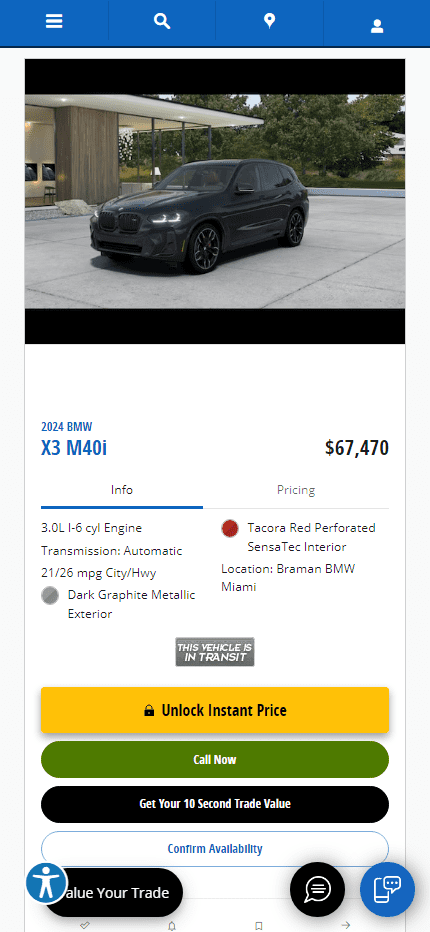
![Google search for [st louis car dealerships]](https://ecommerceedu.com/wp-content/uploads/2024/05/st-louis-car-dealerships-Google-Search.png)
